SmartPi
Assistant
An LLM-Powered, Raspberry Pi Pico W-based Personal Assistant. to summarize emails, meetings, slack messages and weather events - to improve productivity and decision-making.
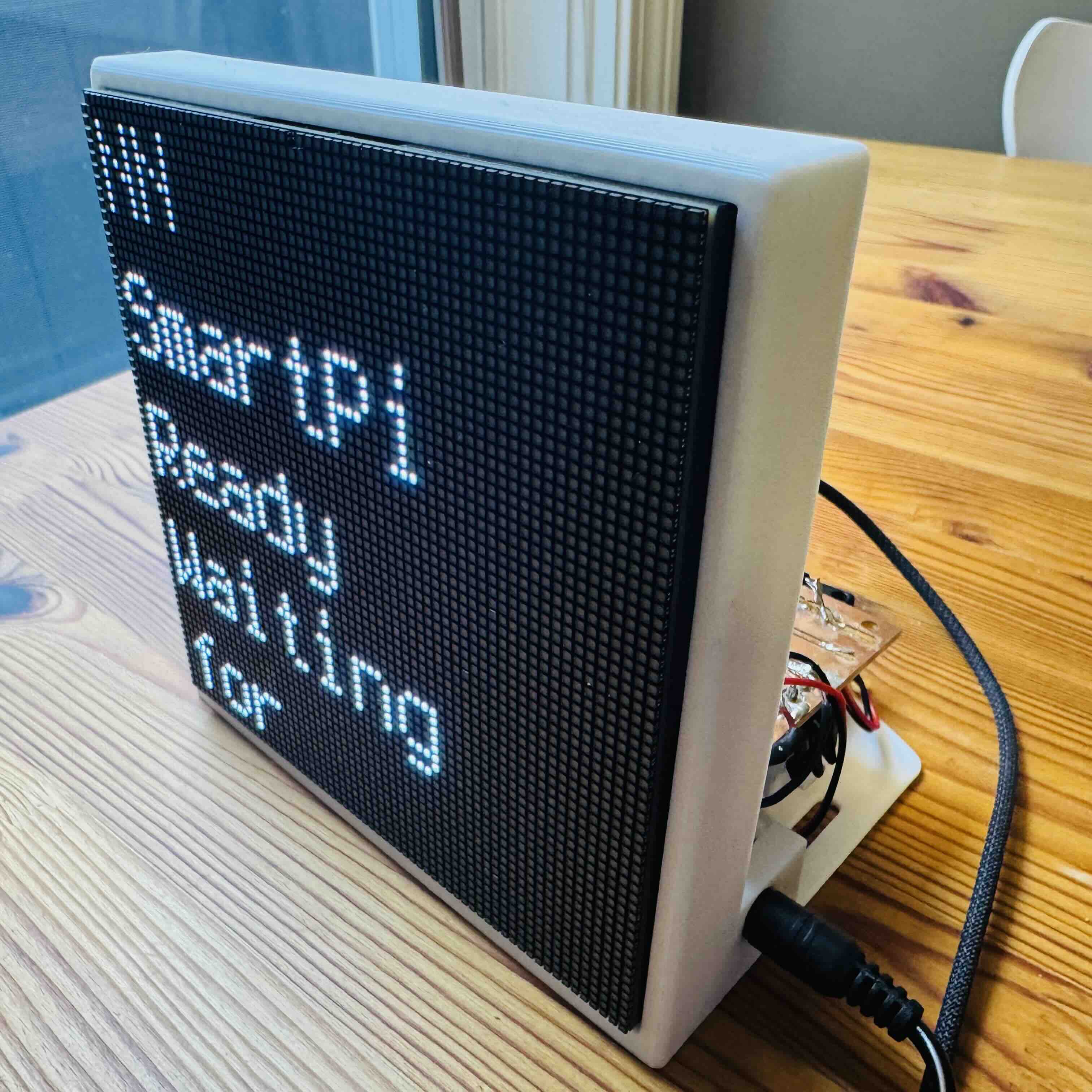
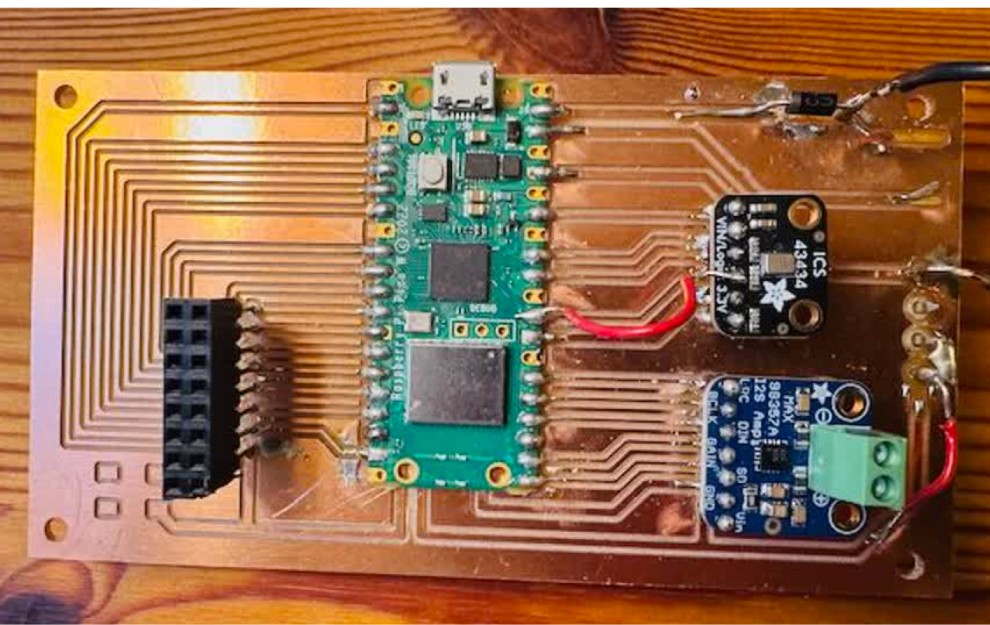
Hardware
Custom PCB design, LED Matrix display, MAX98357 I²S amp w speaker, ICS-43434 I²S MEMS mic, in 3D printed enclosure.

Software
N8N workflows with Gemini-2.5-flash, NGROK tunneling, MCP bridge server, and CircuitPython firmware driving devices.
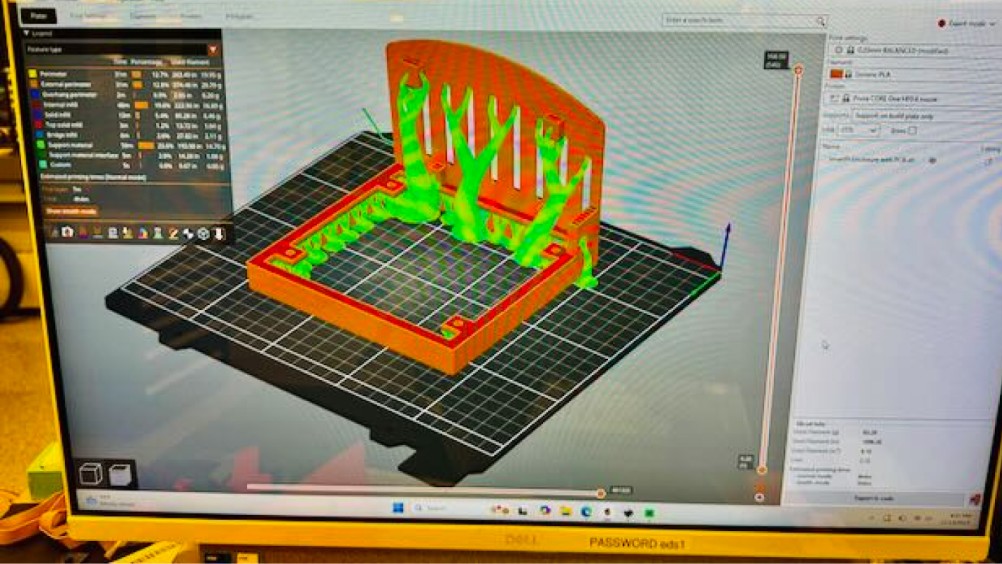
Fabrication
PCB milling, stuffing/soldering components, 3D printing enclosre, connecting & securing wires and components.
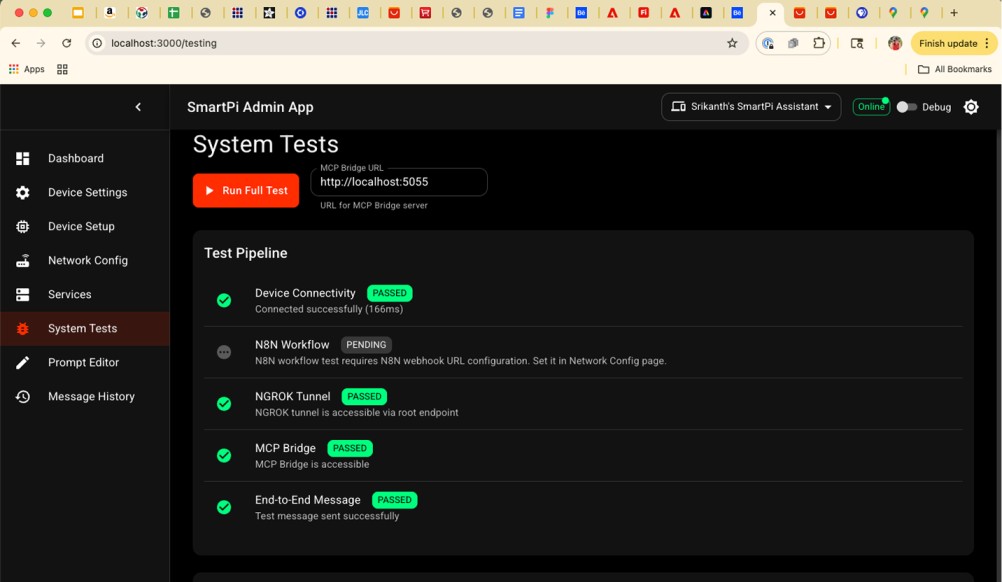
SmartPi Admin
Admin App for device & network config, Svcs management, Messages/prompt management and system tests.
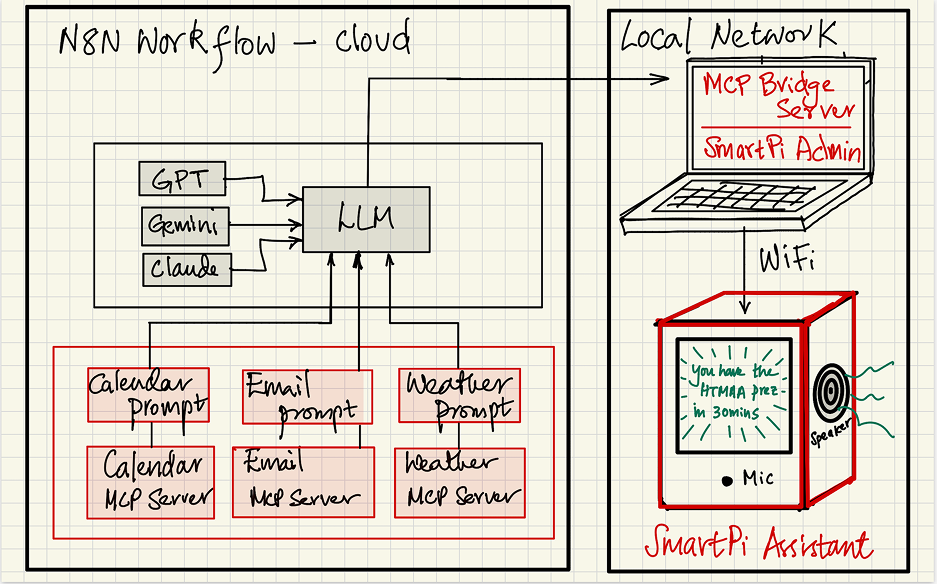
Platform
RP2040 (Pico W)
Display
64x64 RGB Matrix
Connectivity
WiFi / HTTP / REST
AI Model
Gemini 1.5 Flash